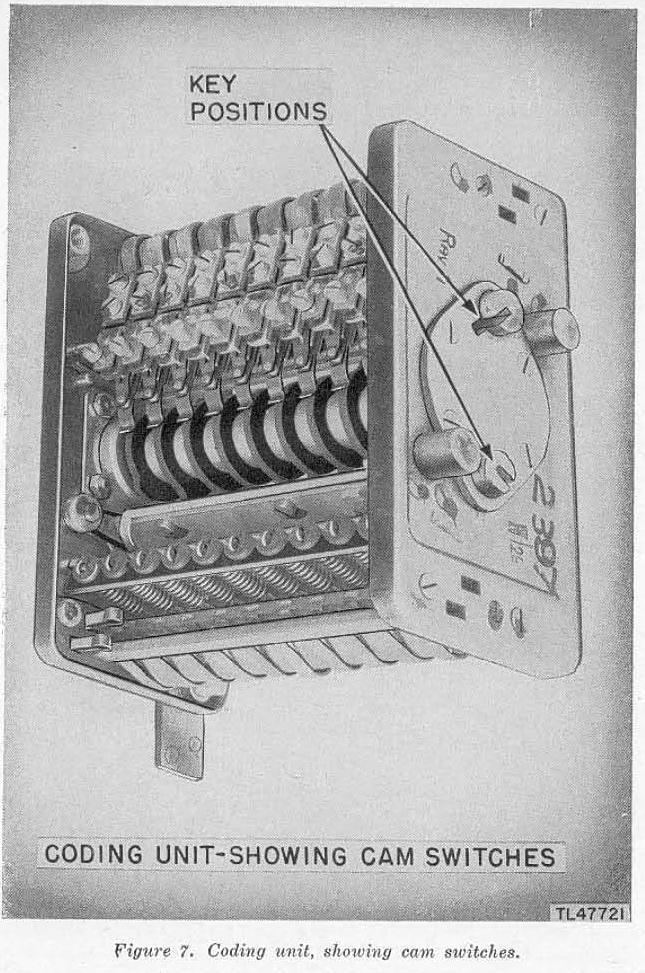Country of origin Germany | Introduced 1941 | |
 | ||
Type Identification Friend or Foe (IFF) | ||
The on-board radio set FuG 25a Erstling (German: "Firstborn", "Debut") was an identification friend or foe (IFF) system installed into Luftwaffe aircraft of World War II starting in 1941 in order to allow German radar stations to identify them as friendly. Developed by the GEMA company, it received impulses from German Freya or Würzburg radar stations and replied with a pre-defined signal. Later, the FuG 25a became a key component of the EGON night fighter guidance procedure.
Contents
Operation
The "Erstling" IFF transceiver was activated from ground stations by switching the pulse repetition frequency from 3,750 Hz to 5,000 Hz. The on-board device replied by sending a pre-programmed morse code signal on 156 MHz. The coding unit was a motor-driven cam switch encrypted with two ten-bit code keys.
Würzburg stations needed to be equipped with accessory units, namely a query transmitter code-named Q-Gerät ("Kuh", German "cow") and the identification receiver "Gemse" (German for "chamois").
Countermeasures
In the summer of 1944 the first British Mosquito aircraft were equipped with the "Perfectos", a device that activated the FuG 25a and triggered the response, which was detected to reveal the presence of the enemy aircraft. This severely curtailed the use of "Erstling", as German night fighter crews had to switch it off to avoid detection.
Technical specifications
Safeguards
The Luftwaffe was known for fitting sensitive devices like "Erstling" with small explosive charges to allow their destruction in order to avoid capture. A short fuse allowed the crew to reach a minimum safe distance.
